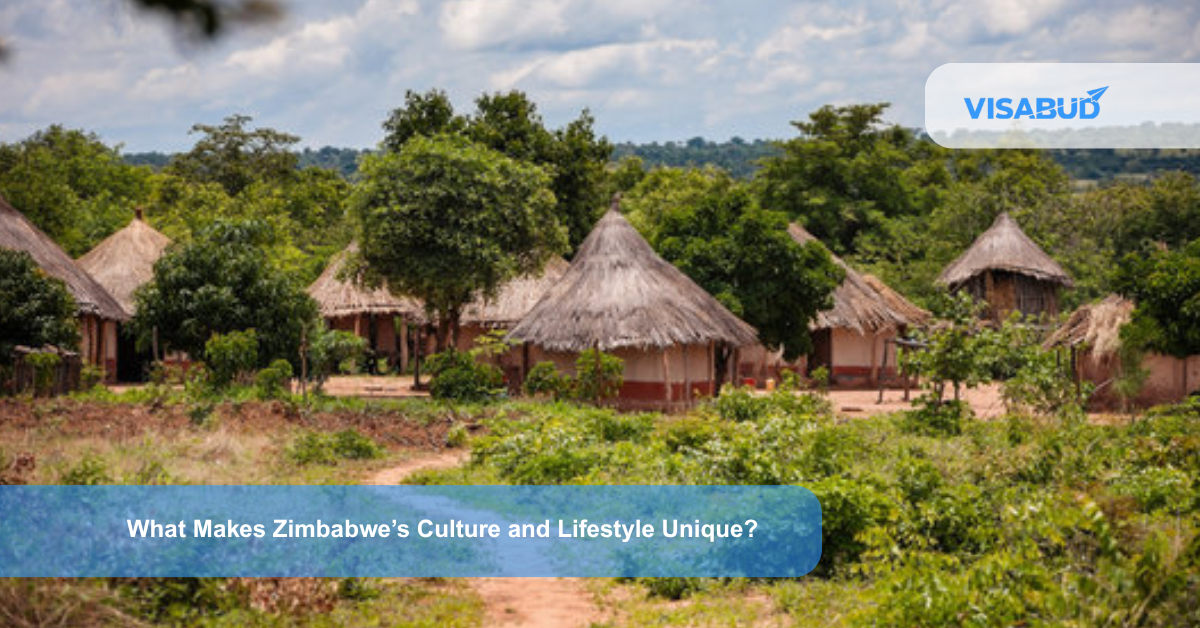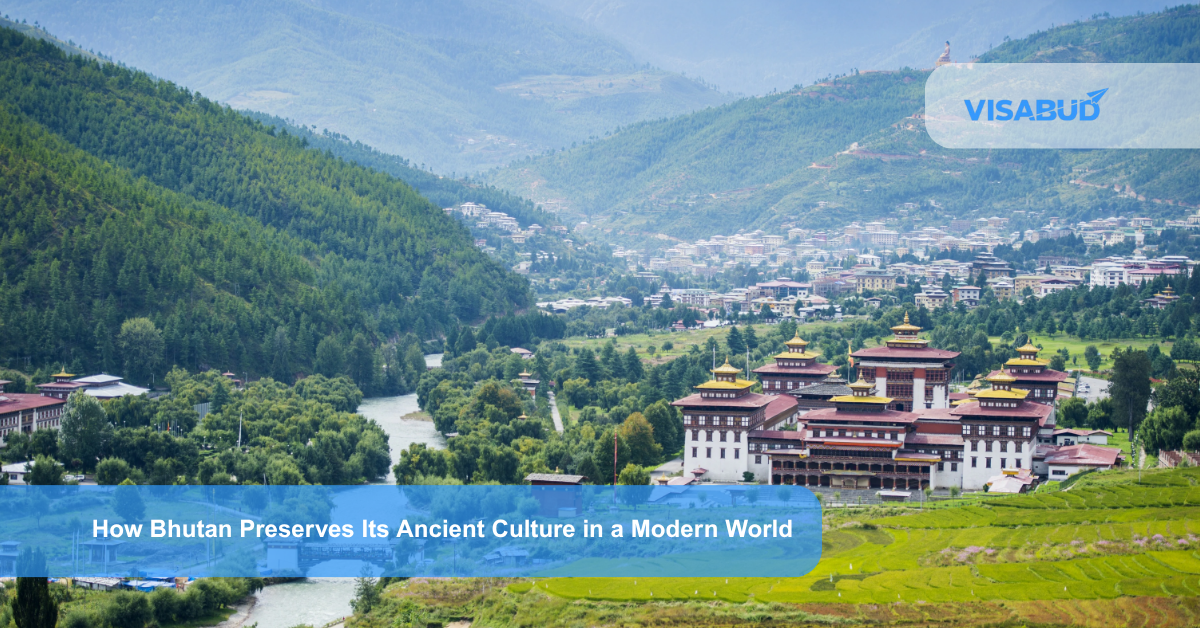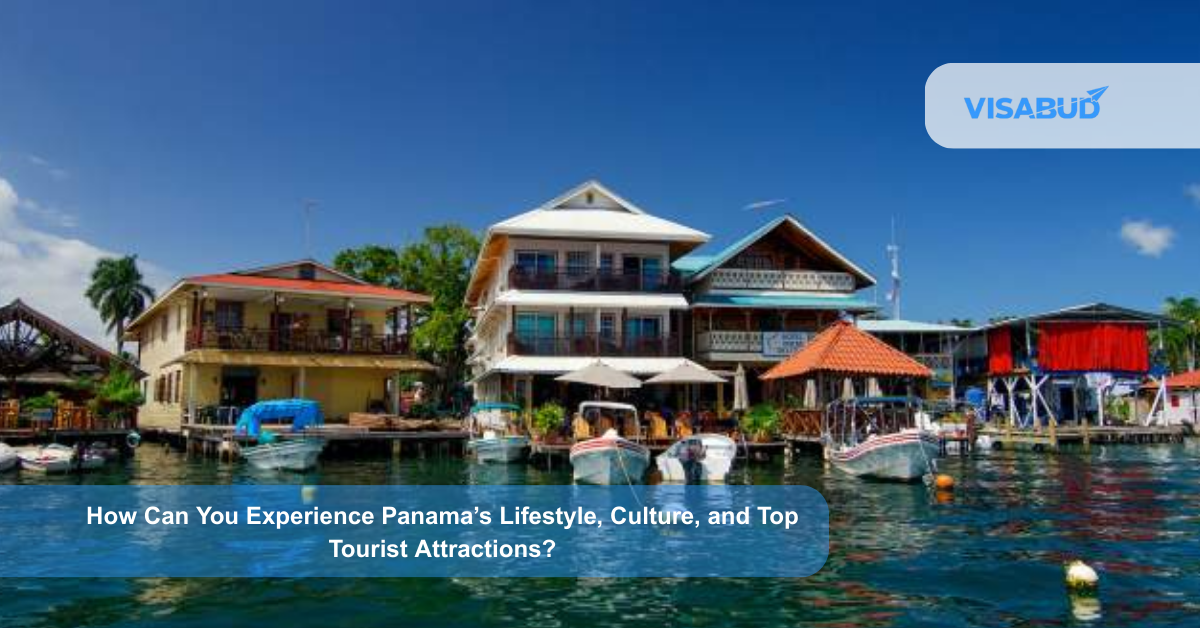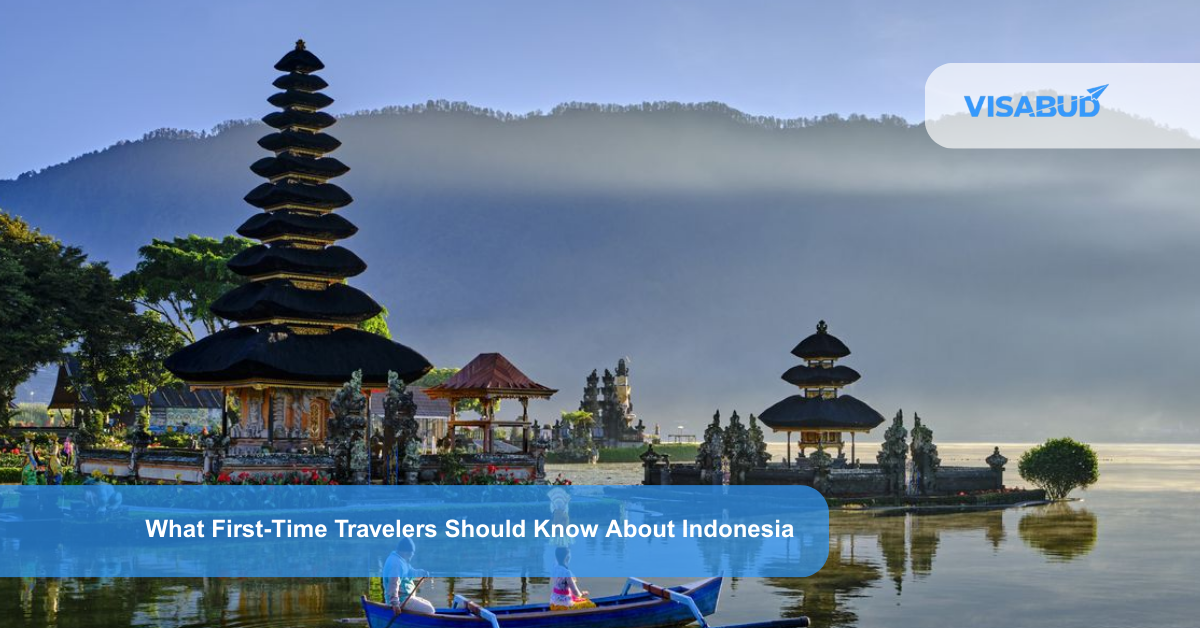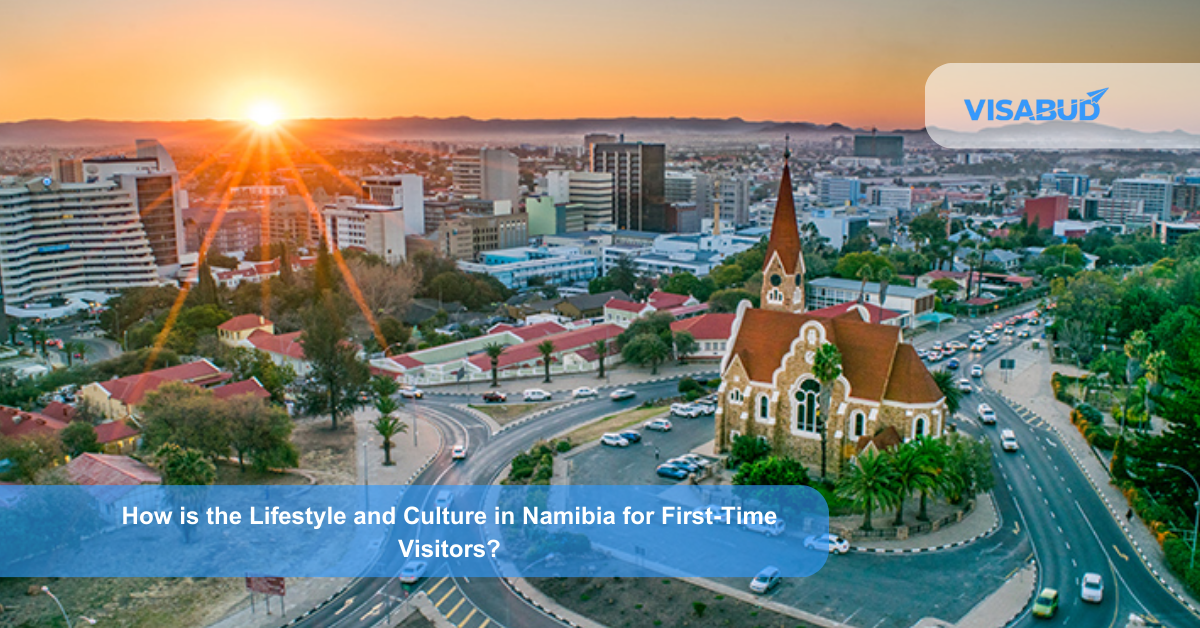Swaziland, officially known as Eswatini, is a small but vibrant country in Southern Africa. Despite its size, it offers an amazing mix of cultural richness, natural beauty, and unique experiences. From traditional ceremonies to breathtaking wildlife and warm local hospitality, Eswatini has something for every traveler.
Cultural Highlights
One of the most fascinating aspects of Eswatini is its rich cultural heritage. Visitors can explore villages where traditional Swazi life is still practiced. At these cultural villages, travelers can watch traditional dances, explore recreated homesteads, and interact with locals to understand their way of life. The town of Lobamba serves as the spiritual and cultural heart of the country. Here, travelers can visit the Royal Kraal, the Parliament building, and the National Museum to learn about the nation’s monarchy and history. The town provides a window into how centuries-old traditions coexist with modern society.
The arts and crafts of Eswatini are also well-known. Towns like Malkerns are home to skilled artisans who produce beautiful batik textiles, handwoven baskets, and Swazi candles. Visitors can observe the artisans at work and even purchase these unique handmade products. Local markets across the country provide a colorful and lively shopping experience where travelers can experience Swazi culture first-hand while supporting local communities.
Wildlife and Nature
Eswatini may be small, but it offers big experiences for nature lovers. The Hlane Royal National Park is home to the Big Five—lions, elephants, rhinos, leopards, and buffaloes. Visitors can take guided game drives or walking safaris to witness these majestic animals in their natural habitat. Another popular destination is the Mlilwane Wildlife Sanctuary, which offers opportunities for hiking, cycling, and wildlife observation. Travelers can see antelopes, zebras, and numerous bird species while enjoying the serene landscapes.
For adventure enthusiasts, Sibebe Rock is a must-visit. It is the second-largest granite monolith in the world and offers stunning panoramic views. The annual Sibebe Survivor event attracts thousands of participants who climb the rock in a test of endurance and enjoy the surrounding scenery. Besides these major attractions, the country’s rolling hills, valleys, and rivers make scenic drives and nature walks extremely rewarding for travelers.
Festivals and Traditions
Eswatini’s cultural calendar is filled with vibrant festivals and ceremonies. The Umhlanga, or Reed Dance, is an annual festival celebrating chastity and womanhood, where thousands of unmarried women present reeds to the Queen Mother. The event is marked by colorful attire, rhythmic dances, and traditional songs, making it a spectacular sight for visitors.
Another important festival is the Incwala, also known as the King’s Festival. This ceremony celebrates the harvest and the first fruits of the season. It involves rituals, singing, and dancing and is considered a time of renewal and thanksgiving. Attending these events allows travelers to witness traditions that have been preserved for centuries, offering a rare glimpse into the soul of the nation.
Travel Tips
Traveling in Eswatini is generally safe and convenient, but a few tips can make the experience smoother. The best time to visit is between May and October, when the weather is cooler and ideal for outdoor activities. The country’s official currency is the Lilangeni (SZL), which is pegged to the South African Rand, and both SiSwati and English are widely spoken. Renting a car is recommended for flexibility, though public transport is available in towns. Visitors should stay informed about local conditions and respect cultural norms, especially when attending festivals and visiting traditional villages.
Frequently Asked Questions (FAQs)
1. What is Eswatini known for?
Eswatini is famous for its rich cultural heritage, traditional ceremonies, and beautiful landscapes.
2. When is the best time to visit?
The cooler months from May to October are ideal for sightseeing and outdoor activities.
3. What languages are spoken in Eswatini?
The official languages are SiSwati and English.
4. Is Eswatini safe for tourists?
Yes, Eswatini is generally safe, though travelers should remain aware of their surroundings and follow local advice.
5. What currency is used?
The official currency is the Lilangeni (SZL), equal in value to the South African Rand.
6. Can I see the Big Five in Eswatini?
Yes, Hlane Royal National Park is home to lions, elephants, rhinos, leopards, and buffaloes.
7. What traditional foods can I try?
Popular dishes include maize meal (pap), beans, chicken, and beef, often served with flavorful sauces.
8. Where can I buy handicrafts?
Towns like Malkerns and local markets are ideal for purchasing handmade crafts, candles, and textiles.
9. What is the Sibebe Survivor?
It is an annual hiking event up Sibebe Rock that attracts thousands of participants for adventure and charity.
10. How do I get around the country?
Renting a car is the most convenient way to explore, though buses and taxis are available in towns.
Final Words
Eswatini may be small, but it is a land of immense cultural richness and natural beauty. Visitors can experience traditional ceremonies, explore wildlife reserves, hike scenic trails, and interact with warm and welcoming locals. From the vibrant Reed Dance to the adventurous climb up Sibebe Rock, the country offers experiences that are both memorable and enriching. For travelers seeking a mix of culture, nature, and authenticity, Eswatini promises a journey that will leave lasting memories. Exploring this hidden gem allows visitors to see a side of Africa that is rare, untouched, and full of life.
Plan Your Swaziland Adventure – Contact Us to Get Started!

